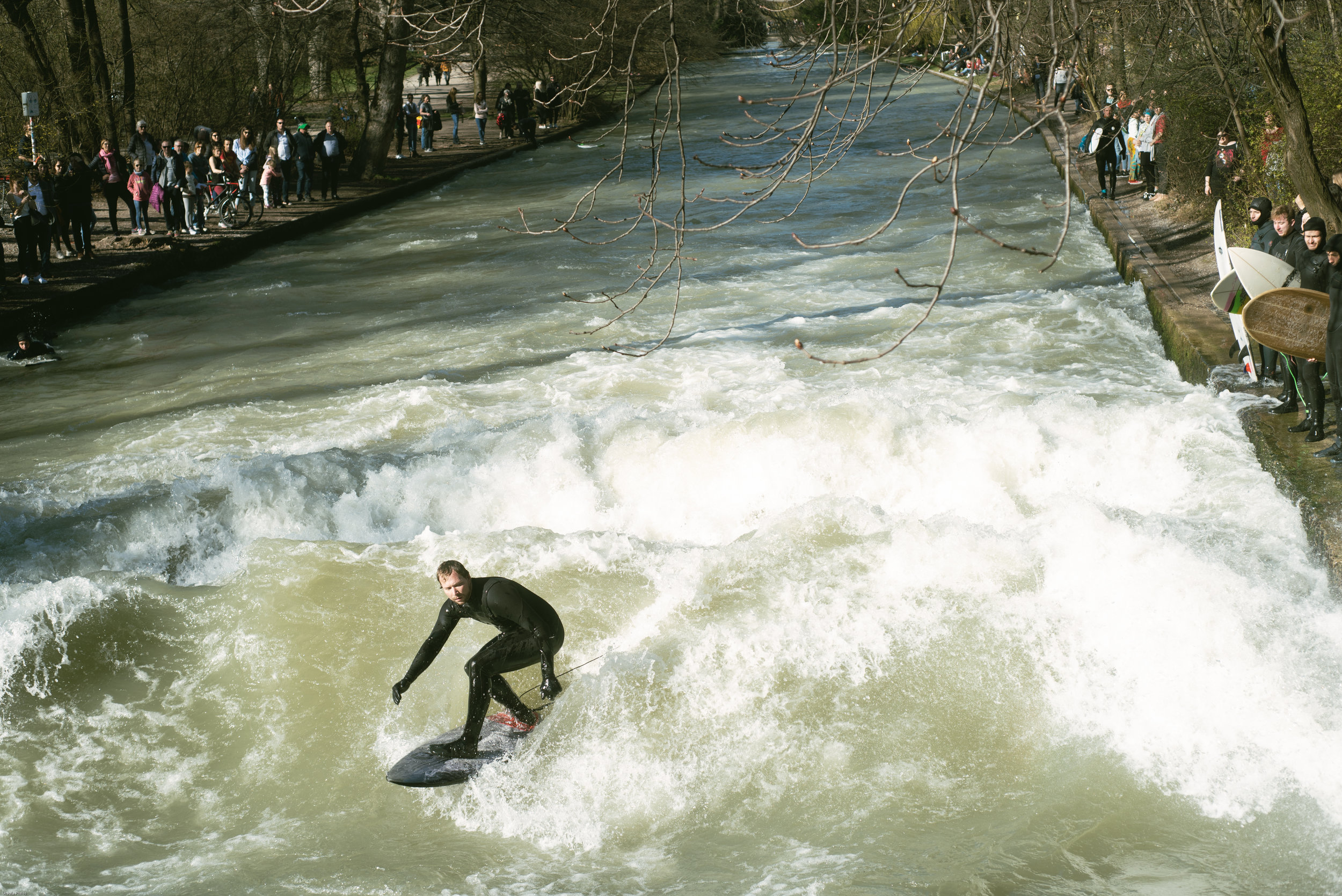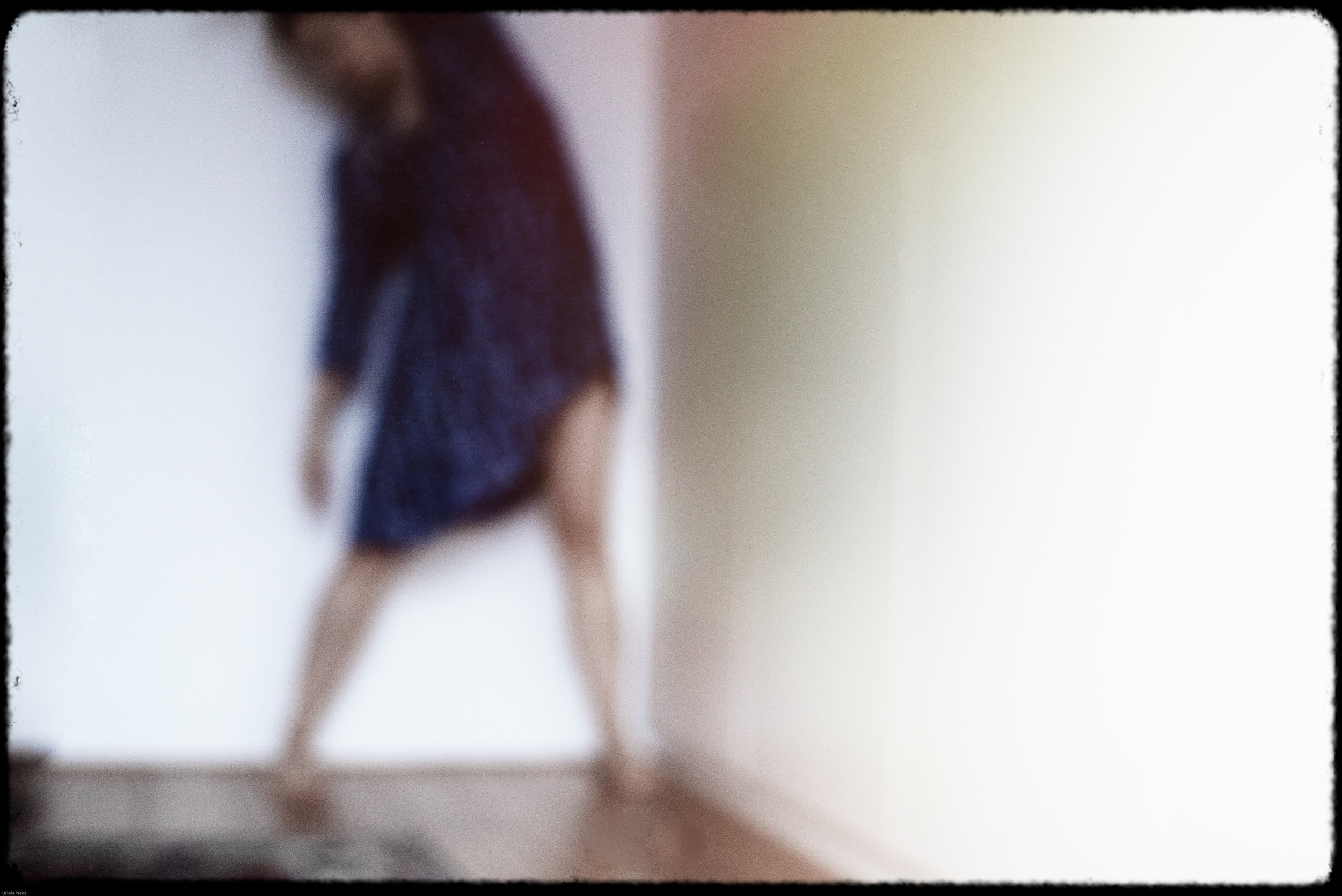After many years with my PC I switched to Apple. It’s time to reflect which programs I still need. It’s time to clean up my old PC. I also rethink my workflow. What do I really need and why, are the questions that I ask myself.
The party is on Instagram. Everybody is on Instagram these days. I publish my yoga pictures there. I follow interesting people. I get news from there.
Instagram was made for the smartphones/iPhones. The idea was to take a picture with the build-in camera of the phone. Then one could publish it on Instagram. From the beginning on I wanted to upload my pictures that I had taken with my DSLR camera. They were of course not on my phone. I always edited my pictures. To upload the pictures from the PC always drove me crazy as it was so time-consuming.
Here my workflow: I saved the pictures that I wanted to publish on Instagram on Dropbox. My pictures were saved in the cloud of this App, that is they were available on other devices also. I had installed the App Dropbox on my Smartphone. From there I uploaded the pictures on Instagram.
I always looked for a possibility to upload my pictures to Instagram from my PC.
Here is the solution:
If you work with an Apple, you need in addition to the browser Safari, the Google Chrome browser.
This is the first step: Download Google Chrome.
The next step is to install the App ‘Downloader for Instagram’. That’s it. This App allows to upload pictures from the PC/Mac to Instagram.
Here is the link to the App ‘Downloader for Instagram’:
It will save me a lot of time.
Thank you very much Travis Transient. It was his YouTube Video who solved my issue:
https://www.youtube.com/watch?v=nu-Qo4j5YKI
Please read his first comment under the video by him; it updates the video. Things change so fast.
Not every day I can solve an issue before lunch time. I jubilate.























